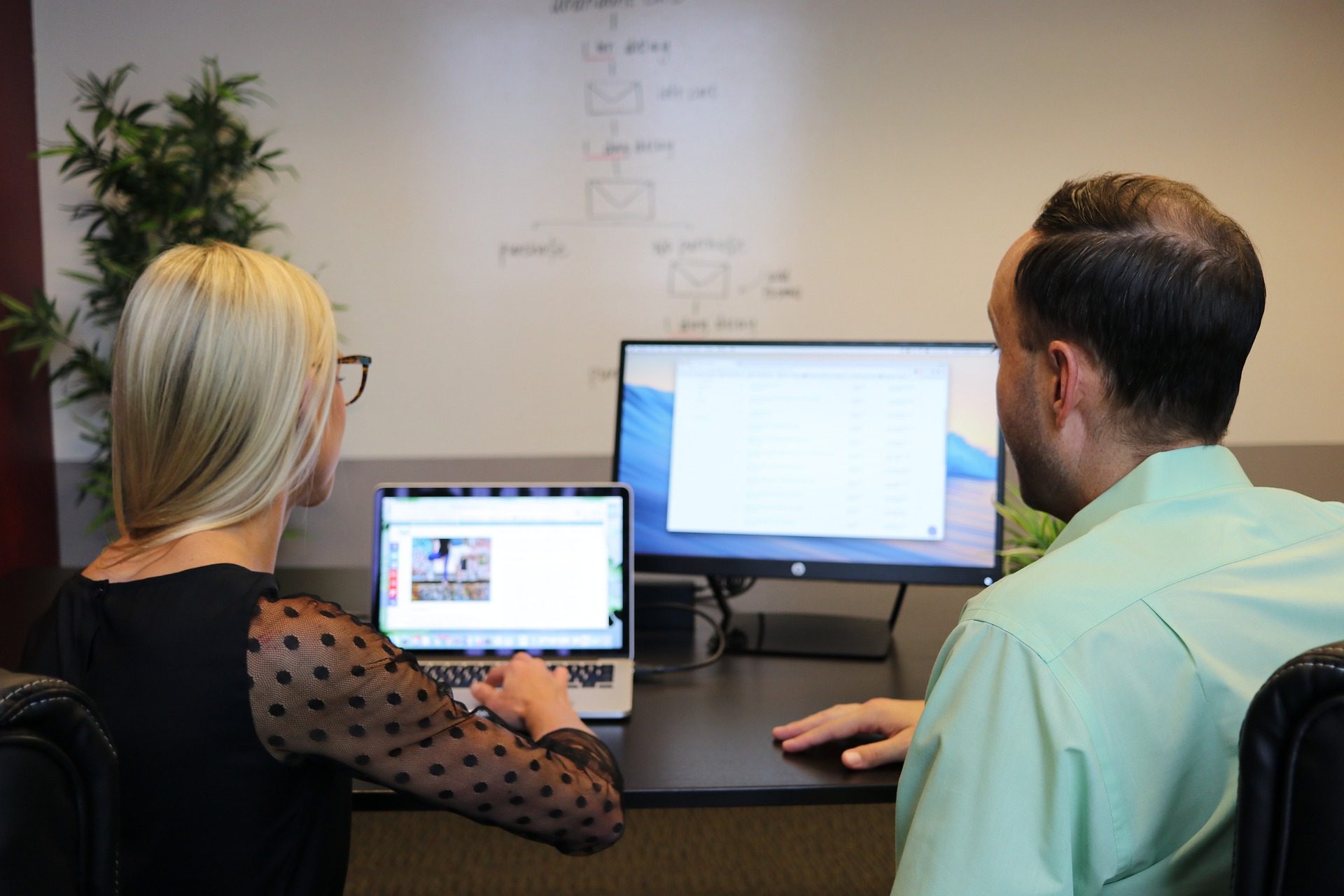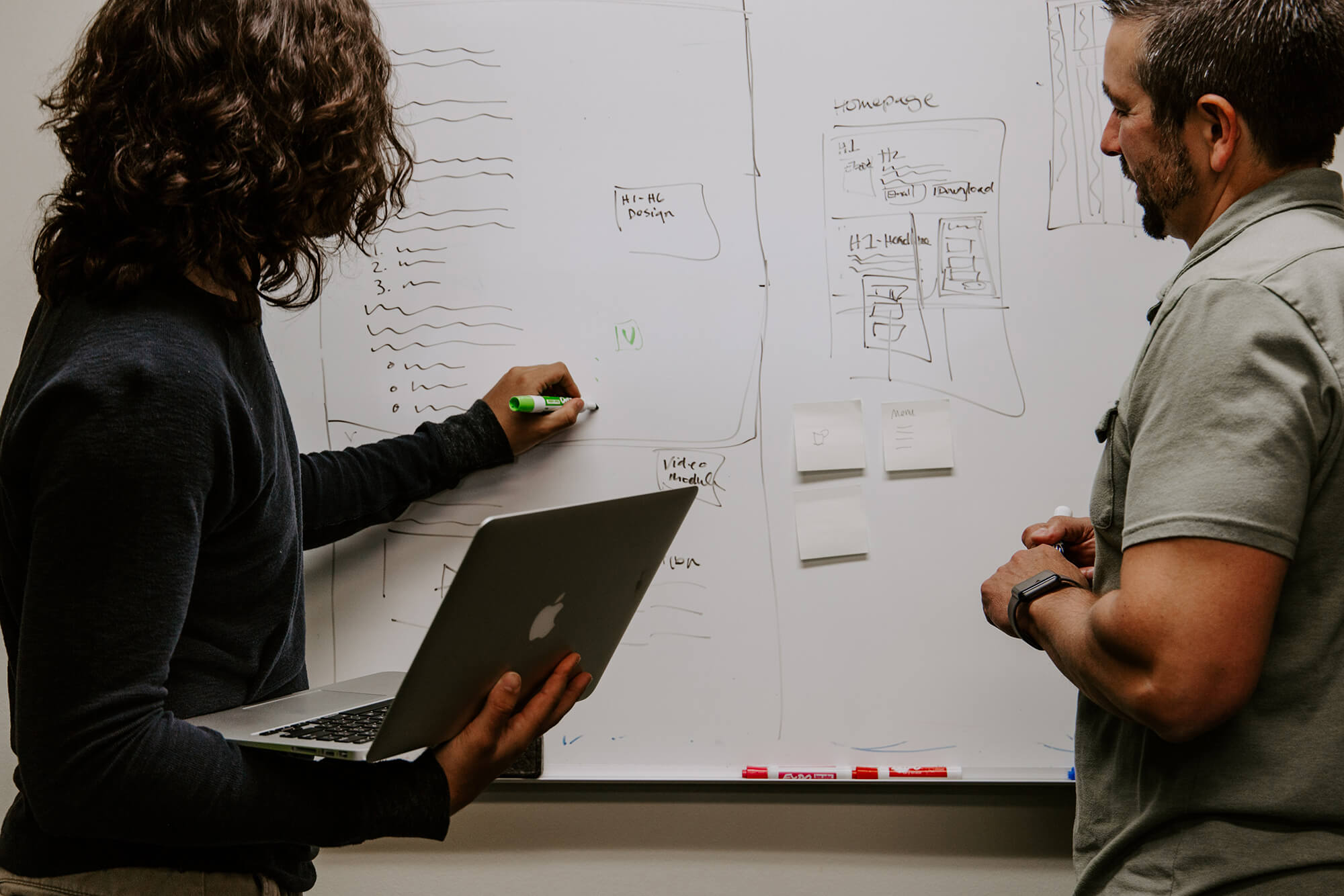White Label Development Services

We’re there supporting your business and keeping your clients happy.
GruffyGoat has built a strong reputation as a designer, developer and host of affordable business websites. A large piece of our core business, however, is providing “white label” development services to our partners who want to offer similar services to their customers, too. To help make this aspect of our offering more clear, we’re going to take a deep dive into what white label services are and what they can mean for your business.
If you’re a marketing firm, creative studio, or advertising agency that offers website design and development, then you know the difficulty and expense of providing those services to your clients. Your creative staff might have the design part covered, but you still need a highly-trained team of back-end developers and support personnel to build each site’s architecture, host and maintain all client sites, and handle a never-ending stream of customer requests and changes.
It’s not easy, and for a lot of firms who want to provide these services, the expense, trouble, and added resources are often too much to justify the investment.
Partnering with GruffyGoat to sell white label development services is a great solution to this dilemma, and gives you a lot of business options without a major capital outlay. We do all the behind-the-scenes work so that your company can focus on what you do best.
What do we mean by “white label”?
The term has its origins in the old “generic” brands that emerged in the 70s and 80s as a way to cut consumer costs. Back then, you could buy products such as groceries that were literally in plain white packaging with black letters, with no images or graphic design on the packaging. The idea was that stores could offer these products—typically still made by the “big-name” manufacturers—at discount prices because the marketing expense wasn’t factored in to the cost.
These generic brands eventually evolved into the “store brands” we see on shelves today. You can buy good old Cheerios, made by General Mills, or you can buy an identical product in a plainer box with the store’s logo, often for half the price or less. Same product; completely different relationship with both the grocer and the consumer.
White label development works in a similar fashion. As one of our partner firms, you can offer full website design, development, hosting, and maintenance services to your clients—provided by the professional GruffyGoat team, but totally repackaged with your firm’s branding.
How can GruffyGoat help you?
You can quickly and easily outsource your website design and development needs to GruffyGoat. You land the projects, you manage the client relationship, and we handle the rest. You get all the business benefits of an in-house web team without the expense and headaches.
To the end-client, GruffyGoat is invisible, but we’re there supporting your business and keeping your clients happy. This frees up your resources and lets you concentrate on building even more business. Even if you already have a development staff in place, we can supplement their efforts and handle overflow as your firm grows so that you don’t have to add expensive personnel right away.
Best of all, because we can build sites at a lower price than most in-house teams, you make more money on each project, and can continue to generate long-term recurring revenue by offering hosting and maintenance services (which we also provide).
Contact us to learn more about our white label services, and keep an eye out for part 2 of our series, in which we’ll talk about what offering white label development services entails.










